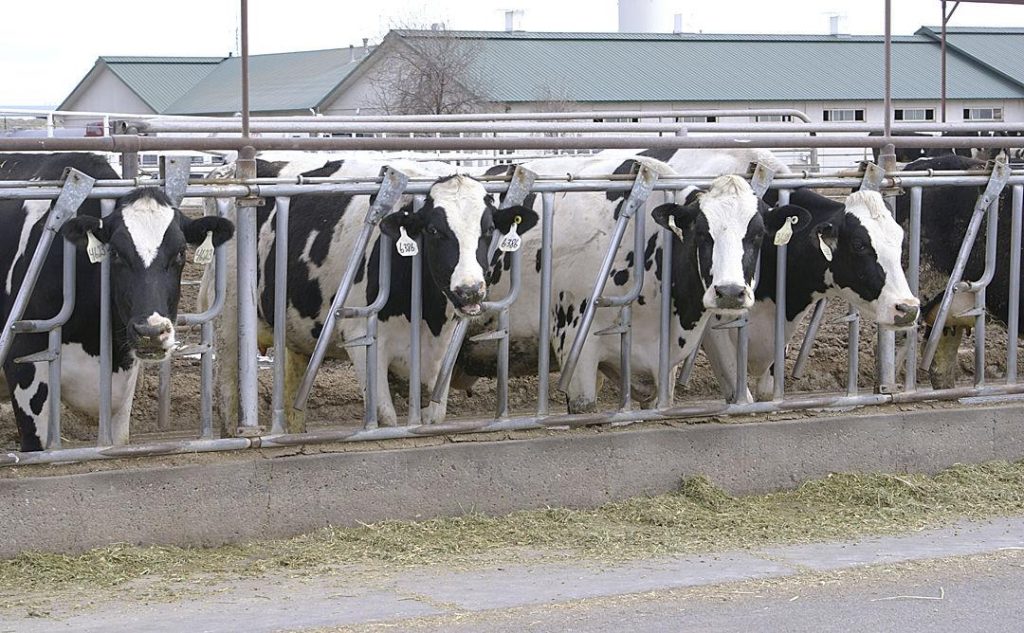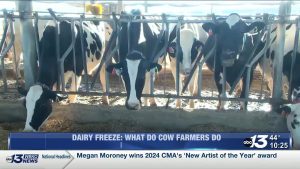That said, Golden State contacts are noting sizable decreases in more recent milk output, particularly over the past two weeks. Central Valley temperatures have cooled down, but contacts there say the cooler weather came late and they are playing catchup on milk needs after seeing 100-degree temperatures in the month of October.
Contacts in Idaho and Colorado say weather has been widely variant. Coloradan contacts say milk is beginning to rebound from annual lulls. Idaho contacts relay milk output there has stayed somewhat steady, despite warmer temperatures.
In the Southwest, contacts say milk output is steady. Milk production in Arizona is down year over year, but up from last month. Weather in Arizona and New Mexico is slowly becoming more conducive to cow comfort.
Farm level milk outputs in the Pacific Northwest are strong. Weather is favorable for cow comfort and milk production is above predicted outputs.
Processing needs throughout the West are generally being met, but fluid milk is not noted as loose in any area of the region. In fact, contacts say milk trucks are moving from the Mountain States region to states in the Midwest and as far as the East region of the country, keeping regional milk supplies balanced to tight.
The cream narrative, on the other hand, is following a different path, one of somewhat heavy availability. Contacts throughout the region say cream demand has been tepid.
Fluid Milk and Cream Review: https://www.ams.usda.gov/mnreports/ams_1102.pdf
You can now read the most important #news on #eDairyNews #Whatsapp channels!!!
🇺🇸 eDairy News INGLÊS: https://whatsapp.com/channel/0029VaKsjzGDTkJyIN6hcP1K

















